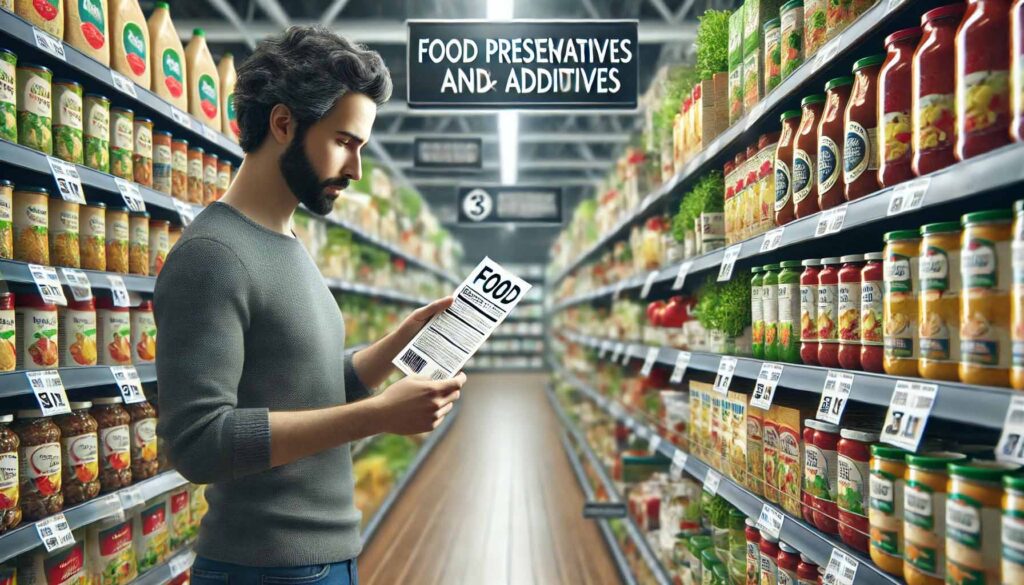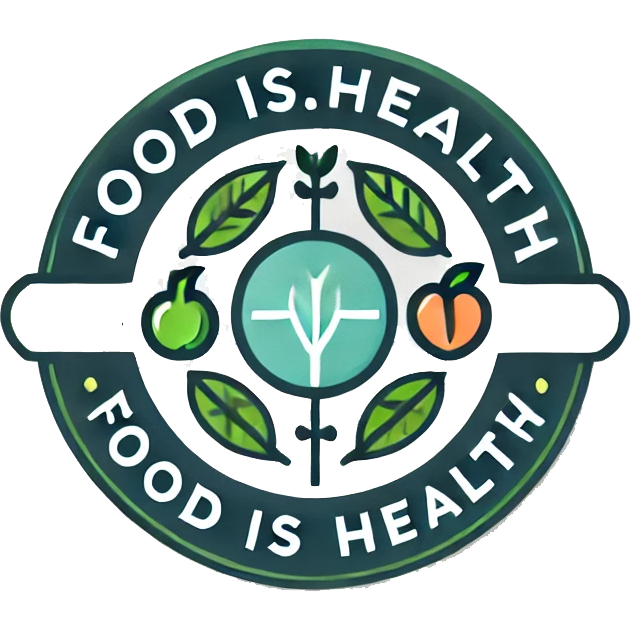Food preservatives are substances added to foods to prevent spoilage, extend shelf life, and maintain quality. Different countries have established regulatory standards to ensure these additives are safe for consumption. Let’s explore how various nations regulate food preservatives.

United States
In the U.S., the Food and Drug Administration (FDA) oversees food additives, including preservatives. Manufacturers must prove that any additive is safe before it’s approved for use. The FDA maintains a list of substances Generally Recognized As Safe (GRAS), which includes many common preservatives. For example, sodium benzoate and potassium sorbate are approved preservatives in the U.S. However, some additives permitted in the U.S. are banned elsewhere. For instance, potassium bromate, used to improve bread texture, is banned in the European Union, Canada, and several other countries due to health concerns. New York Post
European Union
The European Food Safety Authority (EFSA) evaluates and approves food additives in the EU. Approved additives are assigned E numbers and are listed in the EU’s database. Food Safety in the EU The EU has stricter regulations compared to some other regions. For example, certain artificial colors and preservatives allowed in the U.S. are banned or restricted in the EU. Additionally, the EU requires clear labeling of additives, including their E numbers, to inform consumers. Food Standards Agency
Canada
Health Canada regulates food additives, including preservatives. Manufacturers must submit detailed information proving an additive’s safety before approval. Canada has banned certain preservatives that are permitted in other countries. For instance, butylated hydroxyanisole (BHA) is banned in Canada due to potential health risks. New York Post
Australia and New Zealand
Food Standards Australia New Zealand (FSANZ) is responsible for food additive regulations. They maintain a list of approved additives, each assigned a code number. Preservatives must be proven safe and are subject to strict usage limits. For example, sulfites are permitted but must be declared on labels if present above certain levels, as they can cause allergic reactions in sensitive individuals. Wikipedia
Japan
Japan’s Ministry of Health, Labour and Welfare oversees food additive regulations. Japan has a conservative approach, banning several additives allowed in other countries. For instance, BHA and BHT (butylated hydroxytoluene) are banned due to potential health concerns. New York Post
India
The Food Safety and Standards Authority of India (FSSAI) regulates food additives. India follows Codex Alimentarius standards but also has its own regulations. Certain preservatives are permitted with specific usage limits, and clear labeling is required to inform consumers.
Global Considerations
The Codex Alimentarius, established by the World Health Organization (WHO) and the Food and Agriculture Organization (FAO), provides international food standards, including guidelines on food additives. While these standards are not legally binding, many countries use them as a basis for their regulations. Wikipedia
Key Differences
- Approval Processes: The time and data required for additive approval vary. The EU’s process can take over a decade, involving extensive safety testing and evaluations. Wikipedia
- Permitted Additives: Some additives approved in one country may be banned in another. For example, certain artificial colors are banned in the EU but allowed in the U.S.
- Labeling Requirements: The EU mandates that additives be listed by their E numbers, while the U.S. requires additives to be listed by name. Food Standards Agency
Consumer Awareness
Understanding these regulations helps consumers make informed choices, especially when traveling or purchasing imported foods. Reading labels and being aware of different countries’ standards can aid in selecting products that align with personal health preferences.
In summary, while the goal of food preservative regulations worldwide is to ensure safety, the specific standards and approved substances vary across countries. These differences reflect each nation’s approach to balancing food safety, technological needs, and consumer preferences.
Make sure to check out more articles in our News & Views section. Feel free to reach out any time to collaborate with Food Is Health on projects which help people heal through natural food & nutrition.
Organic vs Conventional Food | Food Preservatives & Additives | Anti-Inflammatory Diets | Gut Health & Probiotics | Plant-Based Diets | Detox Diets & Cleanses | Food Allergies & Sensitivities Functional Foods | Sustainable Eating & Food Waste | Ag Related Topics | Popular Topics
